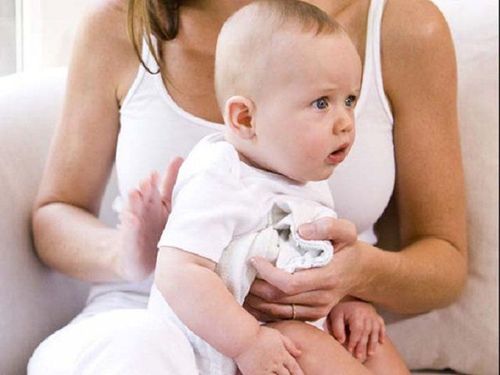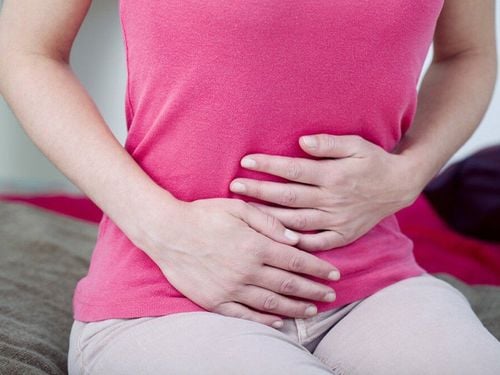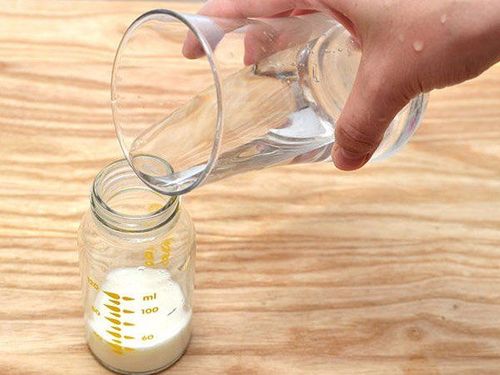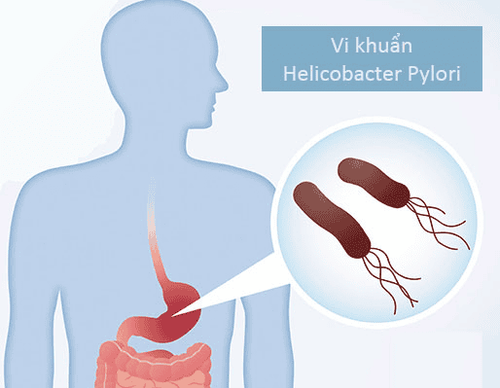This is an automatically translated article.
The article is professionally consulted by Master, Doctor Vu Quoc Anh - Pediatrician - Pediatrics - Neonatology at Vinmec Danang International General HospitalTesting for HP bacteria, endoscopic anesthesia in children is dangerous is not the question of many people when assigned to perform this test. Although gastroscopy in children has been widely applied today, many people wonder whether gastroscopy in children is dangerous.
1. Methods of finding HP bacteria in children
Invasive methods (via gastroscopy): Biopsy for histopathology, urease test, culture, PCR are indicated when the child has suggestive of gastritis - duodenal disease. Through gastroscopy, the doctor will take a part of the stomach lining in many different places to look for HP bacteria. The disadvantage of this method is that it often requires anesthesia. This is the thing that most parents worry about, so discuss carefully with your doctor about the indications and methods of colonoscopy. The advantage of the gastroscopy method is that it can directly observe the lining of the esophagus, stomach and duodenum to assess whether it is damaged or not, whether the injury is severe or mild. In some cases, endoscopy is required for emergency: gastroduodenal bleeding, for example. Non-invasive methods: Breath test (balloon or card): This method is only available in older children who can swallow whole tablets. The principle of this method is as follows: The child will be given a medicine (capsule or solution) containing the radioactive isomer C-14 or non-radioactive C-13. Within 10-30 minutes, it is possible to quantify the amount of tracer carbon in the breath and this indicates the existence of Urease (the enzyme secreted by HP bacteria to break down Urea in the stomach and cause inflammation). gastric mucosal toxicity) in the stomach and thus detect the presence of H. Look for HP antigen in stool, look for antibodies in urine and saliva, and look for antibodies in serum (blood test). Each method has different specificity and sensitivity. Blood tests are for research purposes only, not to determine the current condition and help with treatment. Stool and breath test to determine whether or not children are infected with HP bacteria at the present time and monitor the results of treatment to kill HP. This is a fairly simple and accurate test, with high value in diagnosing bacterial infections, which should be done to evaluate the effectiveness of treatment for eradication of HP and support the diagnosis of children infected with HP bacteria for the first time. Gastric biopsies and breath and stool tests... only performed when all drugs related to the stomach are stopped (acid-reducing drugs for at least 2 weeks (PPI groups such as omeprazole, esomeprazole... antibiotics for at least 4 weeks) otherwise inaccurate results (false negatives).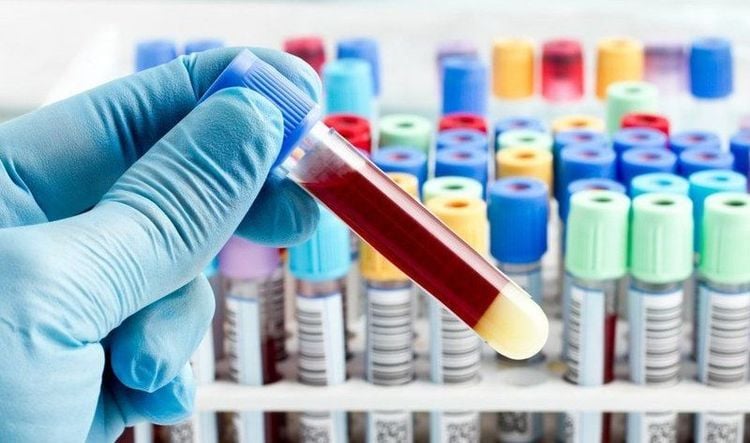
It should be noted that stool, breath, and chlorine tests are only accurate when not using antibiotics to kill HP for at least one month, drugs to reduce gastric acid secretion (PPI) for at least 2 week). If the drug is not discontinued for a sufficient period of time, the result may become false negative (germ is present but the result is negative). For the first time, gastroscopy should be combined with other tests, not breath or stool tests alone. Because gastroscopy is also to look at the stomach for inflammation, ulcers, polyps or cancer. After a course of HP treatment, a breath test and stool test should be used to check the results of HP eradication (discontinue according to instructions).
2. When should gastroscopy in children
Pediatric gastroscopy for diagnosis is indicated in the following cases:Persistent abdominal pain in children under 5 years of age Pain that keeps the child awake at night Persistent epigastric pain associated with eating Anemia Unexplained prolonged and severe vomiting Blood vomiting Growth retardation or unexplained weight loss Passing black stools Blood in stool positive for persistent abdominal pain Child with persistent abdominal pain, parent's history , siblings with stomach cancer or children living with someone with peptic ulcer disease with HP. Persistent abdominal pain in children taking anti-inflammatory drugs such as NSAIDs or corticosteroids. Early stage stomach cancer. Chronic abdominal pain suggests gastric ulcer, duodenal ulcer with symptoms: persistent pain (child holding stomach crying, pale, lying still), pain related to meals (before, after eating) with or belching, vomiting, prolonged digestive disorders or obvious pain in the epigastrium.
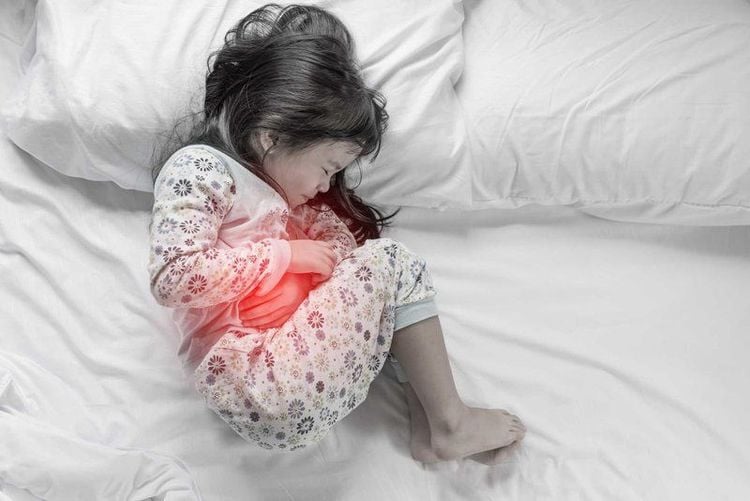
3. Is gastroscopy in children dangerous?
Usually, gastroscopy in children requires anesthesia because the endoscopic process is relatively complicated for children, children are not able to cooperate well with doctors during the endoscopy process.However, anesthesia is a process that always comes with complications and side effects. In developing countries, the mortality rate from complications after anesthesia is 1 in 13,200. This ratio is equivalent to about 0.0075%. In developing countries, however, mortality rates may be even higher.
When giving anesthesia to patients, the most common complications include:
Respiratory complications: 38% Cardiovascular complications: 61%. Which includes many problems such as myocardial ischemia, decreased circulating volume, decreased blood volume, low blood pressure, anaphylaxis,... Some other complications: 1%. Although current methods of anesthesia and anesthetic drugs have a very low rate of complications, there are still potential risks for children. Therefore, gastroscopy for children is a very difficult operation to assess the full risk for the patient.
Besides the risk of complications as adults. Children also face many problems when administering anesthesia.
Difficult to calculate the exact amount of medicine used for children. Each child has a different condition and ability to respond to medication. This causes many difficulties and potential risks during anesthesia. When giving anesthesia to children, it is very easy to encounter a very dangerous situation of reflux. Vinmec International General Hospital is a prestigious address for medical examination and treatment in general and for examination, diagnosis, gastroscopy and colonoscopy for young children in particular, chosen by many parents and patients.
Choosing Vinmec for medical examination and treatment, patients can be completely assured of a team of experienced, well-trained doctors and leading equipment.
Please dial HOTLINE for more information or register for an appointment HERE. Download MyVinmec app to make appointments faster and to manage your bookings easily.





